Scientist-led conferences at Harvard, Stanford and MIT
-

First 5G-enabled remote brain surgery
Dr Ling Zhipei at PLAGH, has used a 5G mobile network to remotely implant DBS electrodes in a Parkinson’s patient’s brain. China Mobile and Huawei technology enabled him to control surgical robots from a distance of 1800 miles. 5G technology could transform medical care for those living in poor and remote areas. According to Ling: “The…
-
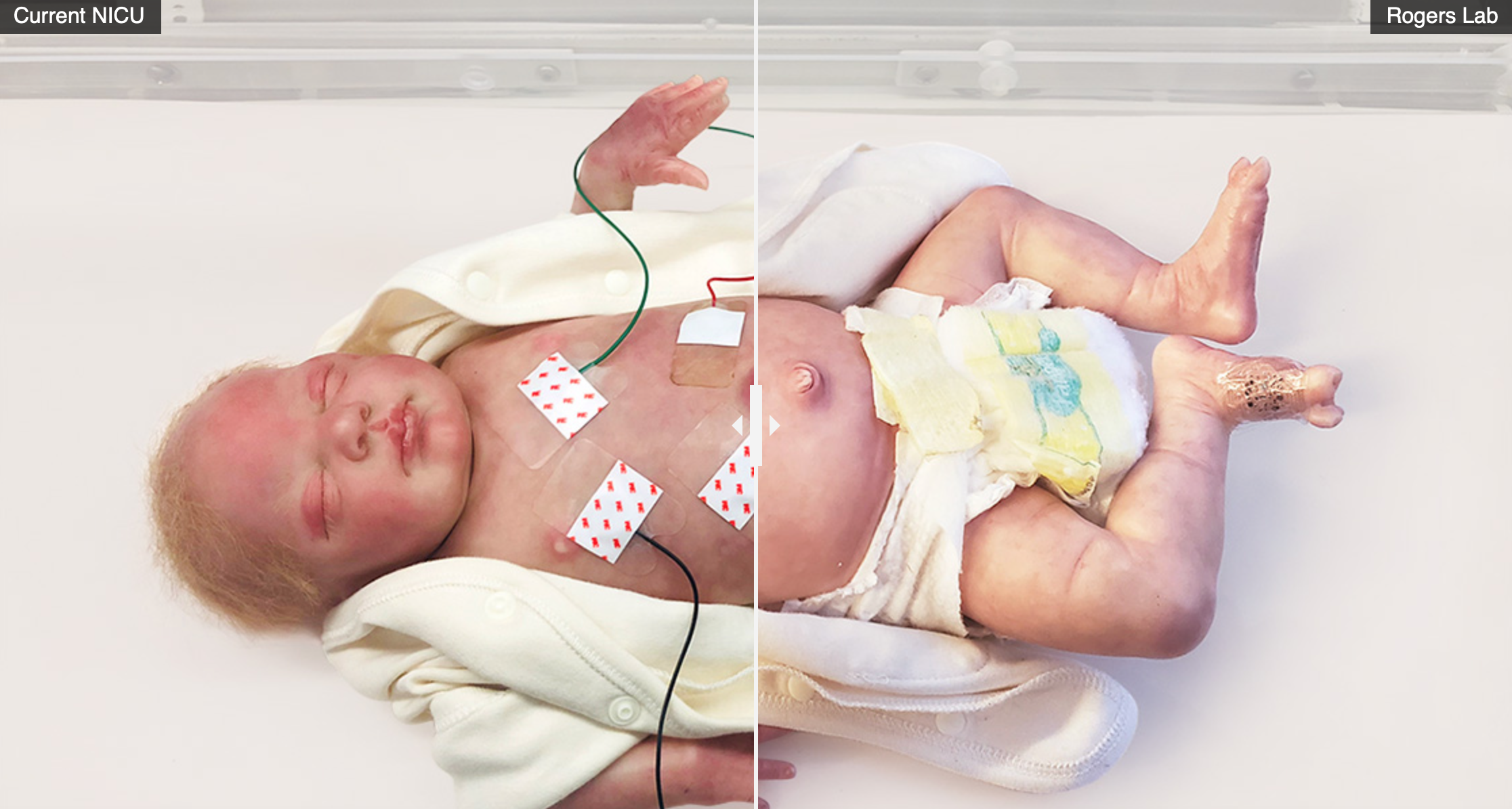
Wireless, skin-like sensors monitor baby heart rate, respiration, temperature, blood pressure
John Rogers and Northwestern colleagues have developed soft, flexible, battery-free, wireless, skin-like sensors to replace multi wire-based sensors that currently monitor babies in hospitals’ neonatal intensive care units. The goal is to enable more accurate monitoring, and unobstructed physical bonding. The dual wireless sensors monitor heart rate, respiration rate and body temperature — from opposite…
-

“Monorail” could halt spread of brain tumors
Duke’s Ravi Bellamkonda has developed a “Tumor Monorail” which tricks aggressive brain tumors such as glioblastoma into migrating into an external container rather than throughout the brain. It has been designated “Breakthrough Device” by the U.S. Food and Drug Administration (FDA). The device mimics the physical properties of the brain’s white matter to entice aggressive tumors to…
-
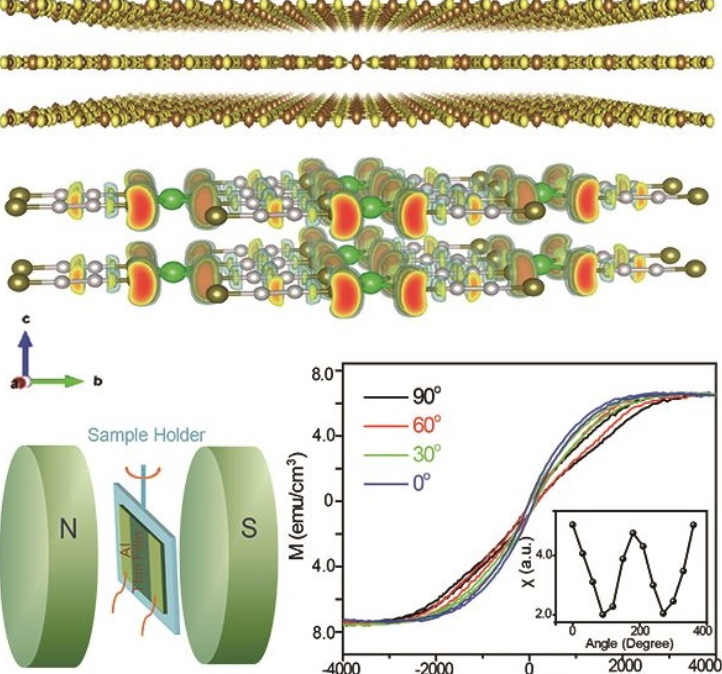
Artificial skin sensor could help burn victims “feel”
UConn chemists Islam Mosa and Professor James Rusling have developed a sensor that could detect pressure, temperature, and vibration when placed on skin. The sensor and silicone tube are wrapped in copper wire and filled with an iron oxide nanoparticle fluid, which creates an electric current. The copper wire detects the current. When the tube…
-

Wireless,biodegradable, flexible arterial-pulse sensor monitors blood flow
Zhenan Bao and colleagues have developed a wireless, battery-free, biodegradable sensor to provide continuous monitoring of blood flow through an artery. This could provide critical information to doctors after vascular, transplant, reconstructive and cardiac surgery, with out the need for a visit. Monitoring the success of surgery on blood vessels is difficult, as by the…
-

Neural signals translated into speech
Columbia University’s Nima Mesgarani is developing a computer-generated speech method for those who are unable to talk. How brain signals translate to speech sounds varies from person to person, therefore computer models must be trained individually. The models are most successful when used during open skull surgeries, to remove brain tumors or when electrodes are…
-
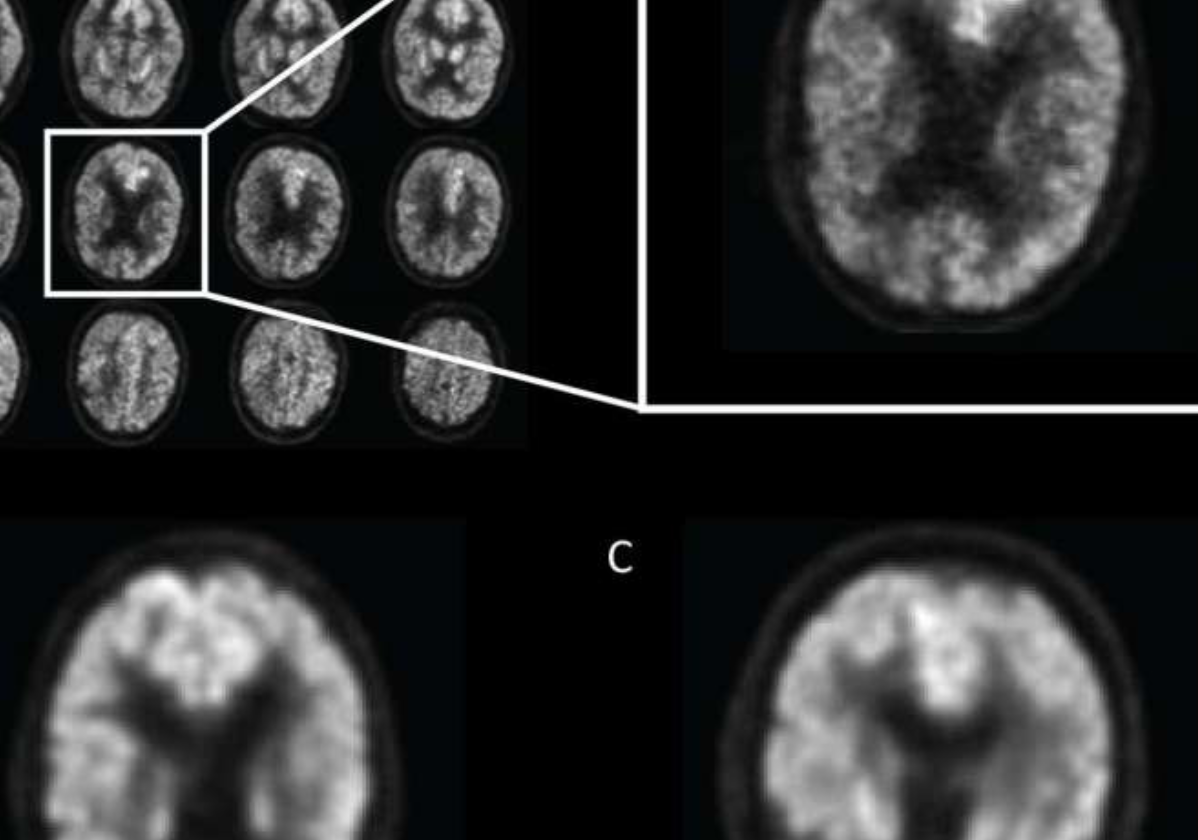
Alzheimer’s detected by AI 6 years before diagnosis
In a recent study, Jae Ho Sohn and UCSD colleagues used an AI to analyze glucose-monitoring PET scans to detect early-stage Alzheimer’s disease six years before diagnosis. The algorithm was trained on PET scans from patients who were eventually diagnosed with Alzheimer’s disease, MCI, or no disorder. It was able to identify 92% of patients who…
-

Fingertip wearable measures disease-associated grip strength
IBM researchers are studying grip strength, which is associated with the effectiveness of Parkinson’s drugs, cognitive function in schizophrenics, cardiovascular health, and elderly mortality. To better understand these markers, Steve Heisig, Gaddi Blumrosen and colleagues have developed a prototype wearable that continuously measures how a fingernail bends and moves. The project began as an attempt to…
-

Wearable haptic feedback/stimulation band to address Parkinson’s symptoms
Microsoft has submitted a patent application for a wearable band that uses haptic feedback for stimulation when wrapped around limbs or joints. It is meant to alleviate Parkinson’s symptoms, including tremors and muscle stiffness. Haptic actuators are distributed across a band that is adjusted to a “duty cycle” which responds to data derived from wearable…
-
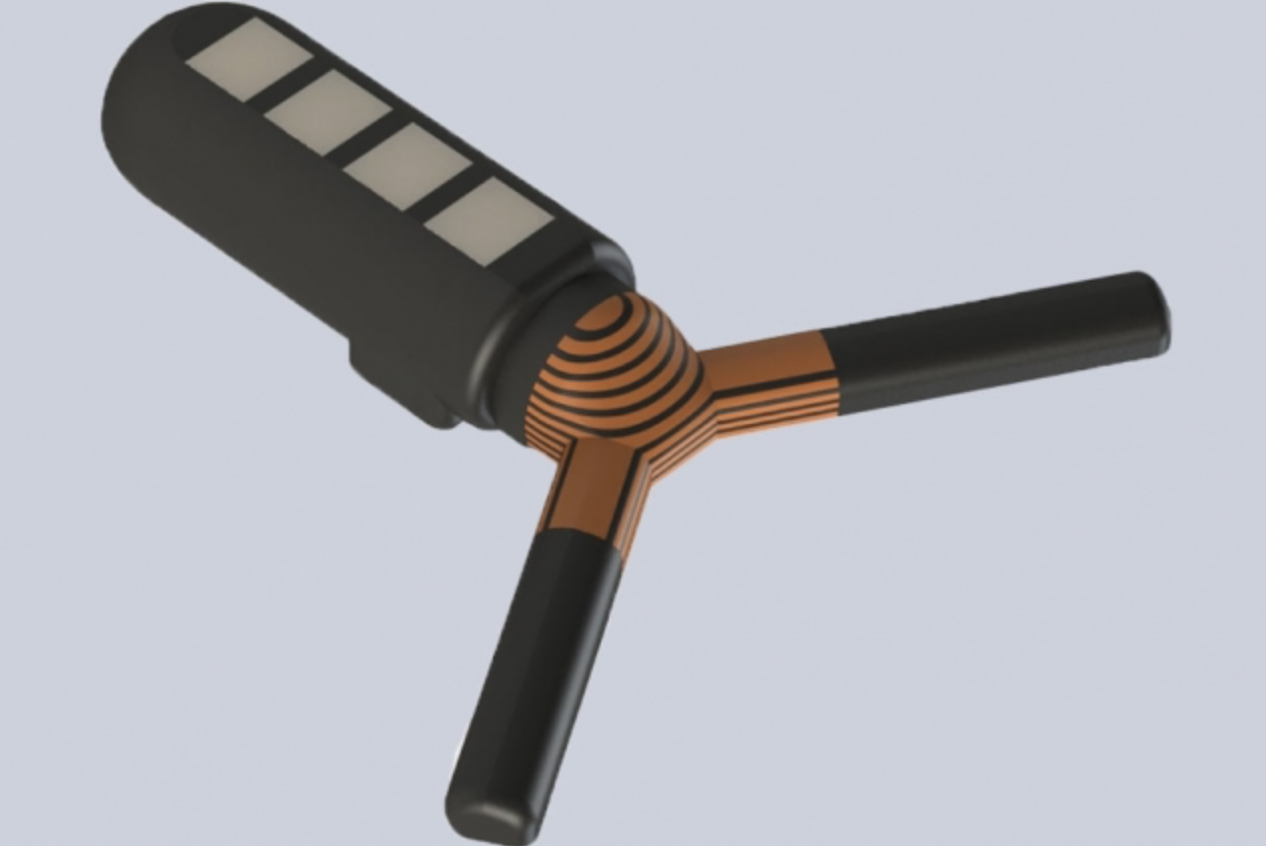
3D-printed, bluetooth-controlled ingestible capsule delivers drugs, senses environment
MIT’s Bob Langer and Giovanni Traverso have developed a 3D-printed, wirelessly-controlled, ingestible capsule that can deliver drugs, sense environmental conditions, or both. It can reside in the stomach for a month. Data is sent to a user’s phone, and instructions from the phone are sent to the device. The sensor could also communicate with other wearable…
-

DARPA-developed closed loop therapies for neuropsychiatric illness
Led by Justin Sanchez, DARPA’s SUBNETS program develops responsive, adaptable, personalized closed-loop therapies for neuropsychiatric illness that incorporate recording and analysis of brain activity with near-real-time neural stimulation to correct or mitigate brain dysfunction. The technology detects ongoing dynamic changes in brain activity associated with fluctuations in mood, and uses the data to deliver precisely…
-
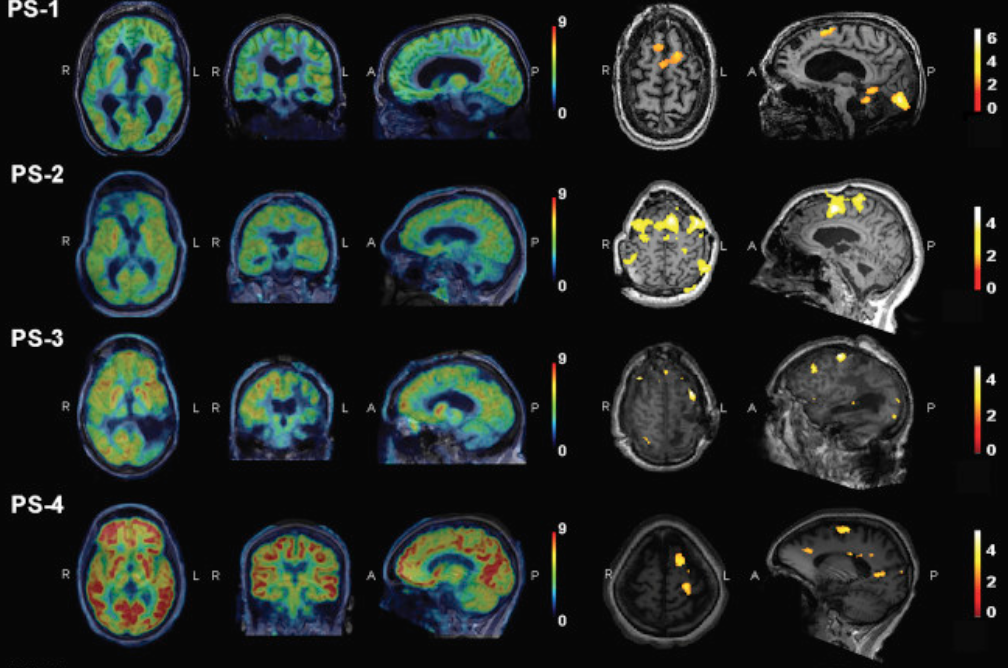
EEG identifies cognitive motor dissociation
Nicholas Schiff and Weill Cornell colleagues have developed an EEG-based method for measuring the delay in brain processing of continuous natural speech in patients with severe brain injury. Study results correlated with fMRI obtained evidence, commonly used to identify the capacity to perform cognitively demanding tasks. EEG can be used for long periods, and is cheaper and…
Got any book recommendations?